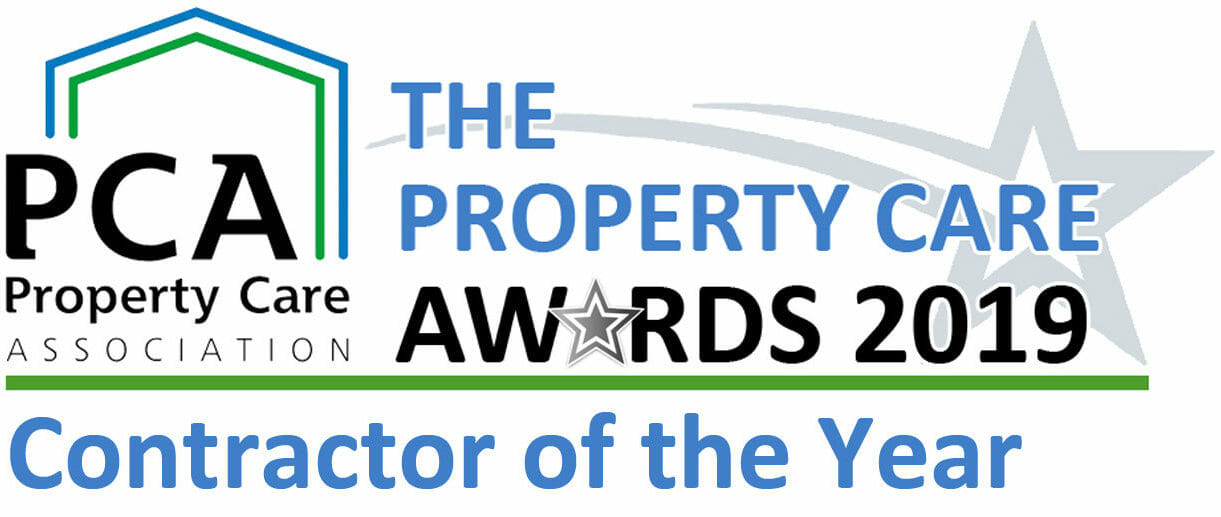From today (23rd March 2022), the RICS Guidance note ‘Japanese knotweed and residential property’ (GN2022) becomes effective, but what does that actually mean for property buyers and sellers?
Whilst the focus of the document is to standardise the approach of surveyors, largely for reporting to mortgage lenders, the implications of the document are larger, and likely to have a ripple effect on advice and guidance on Japanese knotweed from other organisations.
Why now?
The original information paper (RICS IP27) dates to 2012, but so much has been learnt about Japanese knotweed since then, the industry focused on it has also gained knowledge and significantly increased in size.
Research, such as that by Fennell et al in the 2018 article ‘Japanese knotweed (Fallopia japonica): an analysis of capacity to cause structural damage (compared to other plants) and typical rhizome extension’ stated that according case studies and data collected on excavation visits, ‘F. japonica rhizome rarely extends more than four m from above ground plants and is typically found within two m for small stands and 2.5 m for large stands.’
Despite this, an overdependence still existed on ‘the 7m rule’ established in the Environment Agency Code of Practice’ and reinforced in the RICS Information Paper – that Japanese knotweed rhizome can spread up to 7m from visible above-ground knotweed. This was soon at the heart of all management plans, decisions on insurance backed guarantees and of course, mortgage lending.
The 2019 House of Commons Science and Technology Committee report: ‘Japanese knotweed and the built environment’ finally proved the decisive factor for change. This report highlighted the ‘seven-metre rule’ that forms part of the 2012 risk assessment framework is being used as a blunt instrument in some mortgage lending decisions.’
The report went on to recommend that RICS review their guidance and concluded that ‘a more measured and evidence-based approach was needed to ensure that the impact is proportionate to the physical effects of the plant in the built environment.’
What’s changed?
The focus of the original information paper was to provide a way of estimating the impact value on a property – for the first time – to steer the way towards ‘best practice’ for the management of Japanese Knotweed, and recommend the use of Insurance Backed Guarantees (IBGs).
The ‘Information paper’ has now been replaced by the more authoritative ‘Guidance note’. And, though the above is still true, the original paper had a very distinct focus on the impact to buildings, whilst the new document recognises that Japanese knotweed can be a cause of nuisance and impact amenities. Though, another notable amendment is that the threat of off-site knotweed has been significantly reduced.
The dropping of the 7-metre rule – and with it the rhizome zone – in favour of a distance of 3m; coupled with the need for a greater degree of subjectivity from the surveyor, are the most significant changes seen in this new document.
Encouraging subjectivity makes a great a deal of sense, it’s not without issues, as it also creates grey areas. For example, just what can and can’t be considered an amenity space?
And, whilst infestation sizes have been defined: very small (1m² or less), small (1m² to 4m²), medium: (4m² to 25m²) large: (25m² to 100m²) and extensive (greater than 100m²); the note acknowledges that this doesn’t necessarily tell the whole story. A medium infestation will look very large in a small garden, and efforts may well have been made by the homeowner to remove or even conceal the plant.
Overall, the note recognises, more than its predecessor, herbicide treatment plans can provide a suitable remedy. The focus on the removal or eradication of Japanese knotweed has been modified, with an understanding that an appropriate level of control of the plant should be sought, rather than automatically seeking to eradicate.
The new management categories
The numbered ‘risk categories’ are gone – replaced by ‘management categories’ from A to D. The approach to assessing the risk posed by Japanese knotweed is also different – rather than the document user simply selecting from the tiered category structure, now their selection starts them on a flow chart that considers whether the knotweed is on or off-site before the recommendation is finally provided.
The importance of Knotweed close to the border of a neighbouring property has now been greatly diminished – it is considered that Knotweed on adjoining land within 3m of the boundary has a limited impact and recommends no mortgage retention – though it is recommended that the client seek specialist advice concerning encroachment.
Management Category A
This Is now the RICS category listing for the most significant impact; where it can be seen that Japanese knotweed on-site is visibly causing damage to a structure. In this instance, mortgage retention is advised pending a report from a specialist that highlights the appropriate action required.
Management Category B
RICS advise that this is applied where Japanese knotweed is visible on-site, does not appear to be causing visible damage to a structure, but is likely to ‘prevent the use of or restrict access to amenity space.’ Under these circumstances the surveyor is recommended to suggest mortgage retention subject to specialist advice.
Management Category C
Category C applies where Japanese knotweed is merely visible, and differs from the first two in there not being any form of mortgage retention recommendation. RICS considers this to be ‘low impact’ and recommends advising that the client seek specialist advice
Management Category D
The final category has been applied to neighbouring properties, and it’s here that for the first time in the categorisation that measurements come into play. Where knotweed is visible on neighbouring land within 3m of the property boundary the potential concern of encroachment is raised, but no mortgage retention is advised unless circumstances are exceptional.
The implications
The new Japanese knotweed RICS guidance note starts to address the current stigma about having Japanese knotweed, recognising that this is a flame hyped by the media, but doesn’t ignore the fact that the plant needs to be dealt with. The new note should contribute to the dampening of the drama that has built up around the plant, whilst still recognising its supreme ability to invade.
However, it should still be considered that Japanese knotweed remains a schedule 9 plant covered by the Wildlife and Countryside Act (1981), and is also classified as controlled waste under the Environmental Protection Act (1990). In addition, legal precedents continue to be set in highly publicised Japanese knotweed cases.
This document creates a clearer delineation, than the last, as to the expectations of the property surveyor and where an accredited Knotweed specialist is required. The guidance note frequently defers to advice from a specialist contractor from a recognised trade body, such as the PCA and INNSA, for further action.
Finally, the current Law Society TA6 form still looms large over sellers (and to an extent buyers), the last update of the form came shortly after the House of Commons report, it remains to be seen if the new RICS guidance will prompt further changes.
Advice
Property surveyors (and invasive specialists) are recommended to refer to the PCA’s complementary publication Japanese knotweed: Guidance for Professional Valuers and Surveyors.
Per the RICS guidance note, as defined in the ‘Management Categories’, buyers should contact a suitably accredited specialist contractor concerning the appropriate control methods for Japanese Knotweed when it is creating a ‘significant’ or even ‘low’ impact on a property.
PBA Solutions (a PCA accredited contractor) is able to conduct an invasive weed survey, and provide remediation, for those looking to buy or sell a property.

